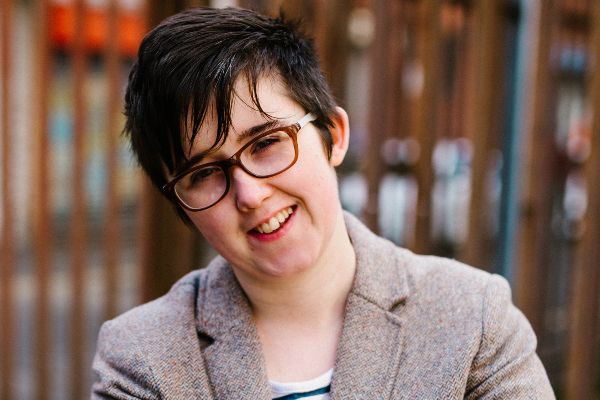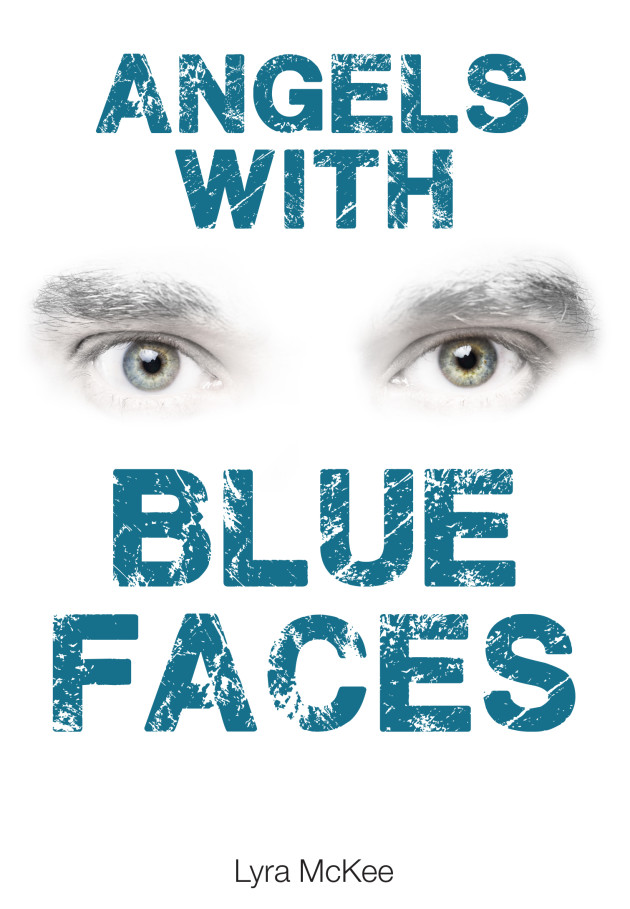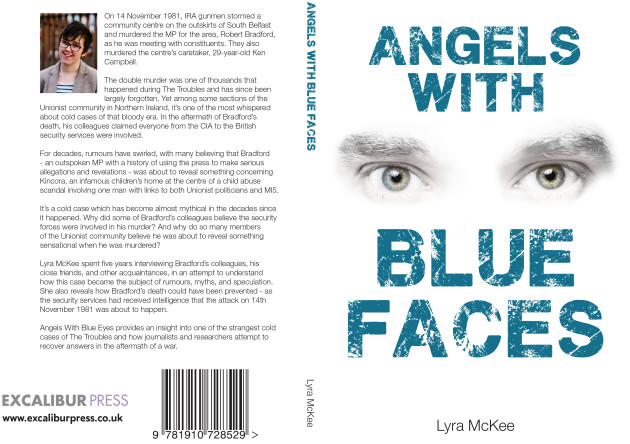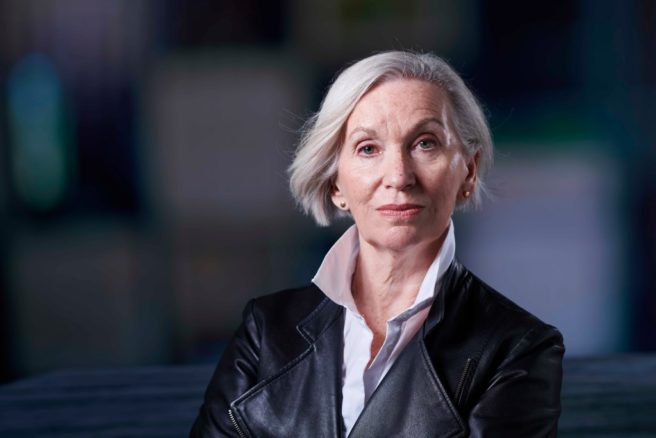
Book Review; Beyond the Tape
(https://dublinbookfestival.com/beyond-the-tape-questions-with-dr-marie-cassidy/)
When you open Dr. Marie Cassidy’s new book, ‘Beyond the Tape’, you can feel her look you up and down, assessing whether or not you can handle what she is about to tell you. With a discerning, frank and removed gaze, she sizes you up – and decides to tell you anyway.
‘Forensic pathology is a problem-solving speciality, and this is the greatest problem to be solved; murder or not. No prizes for a correct answer. The possibility of being struck off the medical register for a wrong one. No pressure, then!’
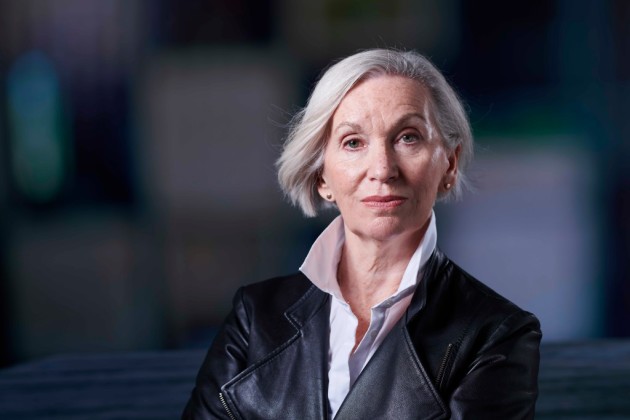
With over thirty years as a forensic pathologist under her belt, Dr. Cassidy has more than a few stories to tell. The book starts with a bang, landing us in her early years of training as a doctor, and finding herself unsuited to the wards of the living, preferring the far less reputable (at the time) forensic pathologist mortuary. We leap from story to story, while she barely pauses for breath to contextualise us, setting the fast-paced tone that is laced with a dark and dry wit. She occasionally glances back at us, to check if we’re still there (we are, we’re just clutching our stomachs and hanging on to every word) before plunging back in.
Her voice doesn’t revel in the scenes she reveals to us, gory as they are. It is not a murder mystery documentary, nor a true crime show, glorying in the horrifying details. She strives to keep the tone matter of fact throughout, remaining removed, while lifting the curtain on a part of life that we’re morbidly curious about, but can hardly stand to look at. The cast of the dead rise through the years of her memories, reanimated in their final dark moments through her analysis.
‘The post-mortem is a snapshot of the last moments of life. It tells you the state of the organs at the time of death. Like looking at a photograph taken on a night out showing happy faces, but not the events leading up to it, or what happened next.’
She takes us to the dark underside of life and shines a light on the intricate processes involved in a suspicious and complex death. This is no courtroom drama – this is the part of the show that you don’t see; The delicacy required in the removal of the body, the dissections that discover or rule out the cause of death. We can almost smell the sharp sterility of her instruments as she lifts the veil on death and somberly beckons you forward to view.
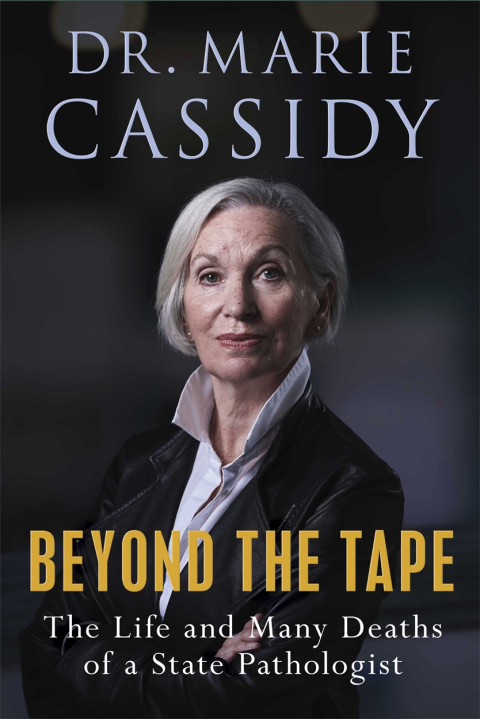
This colourful and at times, suffocating account (fair warning), walks through the different kinds of death Cassidy has encountered over the years. The burned and battered bodies, the sadistic sexual assaults, the suspicious and strange strangulations – this is not a book for the faint of heart.
And yet, at its core, is Cassidy, approaching every death with an almost holistic approach. Her job is monstrous, and she recalls even prostitutes telling her they would hate to do it. And with the nightmarish mounds of bodies that builds up as her career unfolds, we have to agree. And yet, with each death, Cassidy gives each person their due dignity and is compassionate in her approach. There is an incredible science, creativity and tenacity that goes into the process of identification alone, never mind actual identification of the cause of death.
To her, the job is about bringing dignity to a horrific death, closure to the family, and seeing justice done for the deceased. While she is matter of fact about death itself, she is softer, and empathetic when discussing the people behind the deaths. One would have to appear removed, would have to develop coping mechanisms when surrounded with the evidence of how awful humans can be every day. She gives the victims the dignity of being known, not just as a murdered body, but as a person who had their life unfairly and unexpectedly ended. To her, the least she can give someone is the ‘how’ of their death. It’s the police that uncover the ‘why’.
‘There is never a happy ending in these circumstances, but at least a name had been restored to its rightful owner and the deceased returned to her family.’
A study of pathology and indeed, of death, Cassidy performs technical examinations before our eyes. He subject shifts every few pages, a new way to die, to be harmed, to look like an innocent death, but really have a suspicious underlying cause. These examinations begin broadly and slowly focus in more and more narrowly, like a microscope, until we get to the minute detail in her ‘body reading’ that pinpoints how this victim came to be.
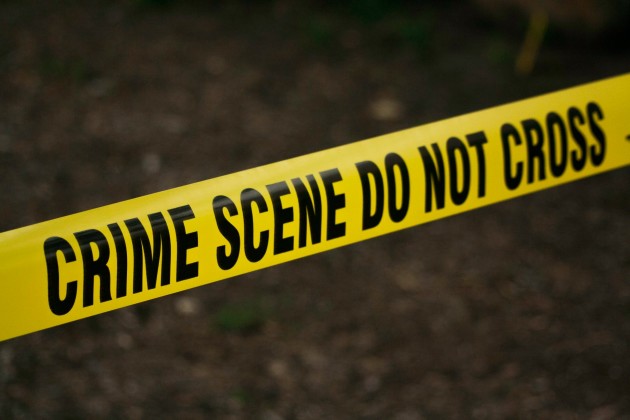
Though Cassidy deals in death she holds people's lives in her hands. Both the living and dead. Their future identities, their future plans, whether they're guilty or not, all hinge upon her verdict. Will someone become a murderer upon her verdict? Or rather, a confirmed, and known murderer? Will the victim's widow grieve the rest of their days, thinking there might have been something they could have done, come home earlier, called to check in? The lives affected by her examinations of death are numerous.
‘The marks and injuries on a body speak as loudly to me as a voice. Like translating French, or sign language, I have been trained to interpret it. And I may have to think carefully about what I have seen and recorded before I can be sure that I’ve ‘listened’ to the deceased and understood exactly what happened to them.’
There are hopeful notes in this dark account. Cassidy herself, is one of them, as she overhauls the system, improving and reforming as she goes, to ensure justice is being carried out to the highest degree. That dignity and closure is given to the victims and their families. She details some of the experiments she is carrying out to bring forward the process of pathology, modernising it, making it more efficient, and more accurate all the time. And while this is not a book for those with a squeamish stomach (read: me), it is an utterly fascinating and eye-opening report on a world that is thankfully foreign to many of us. Cassidy opens the door to death and allows us to peek inside, if only for a few pages.







